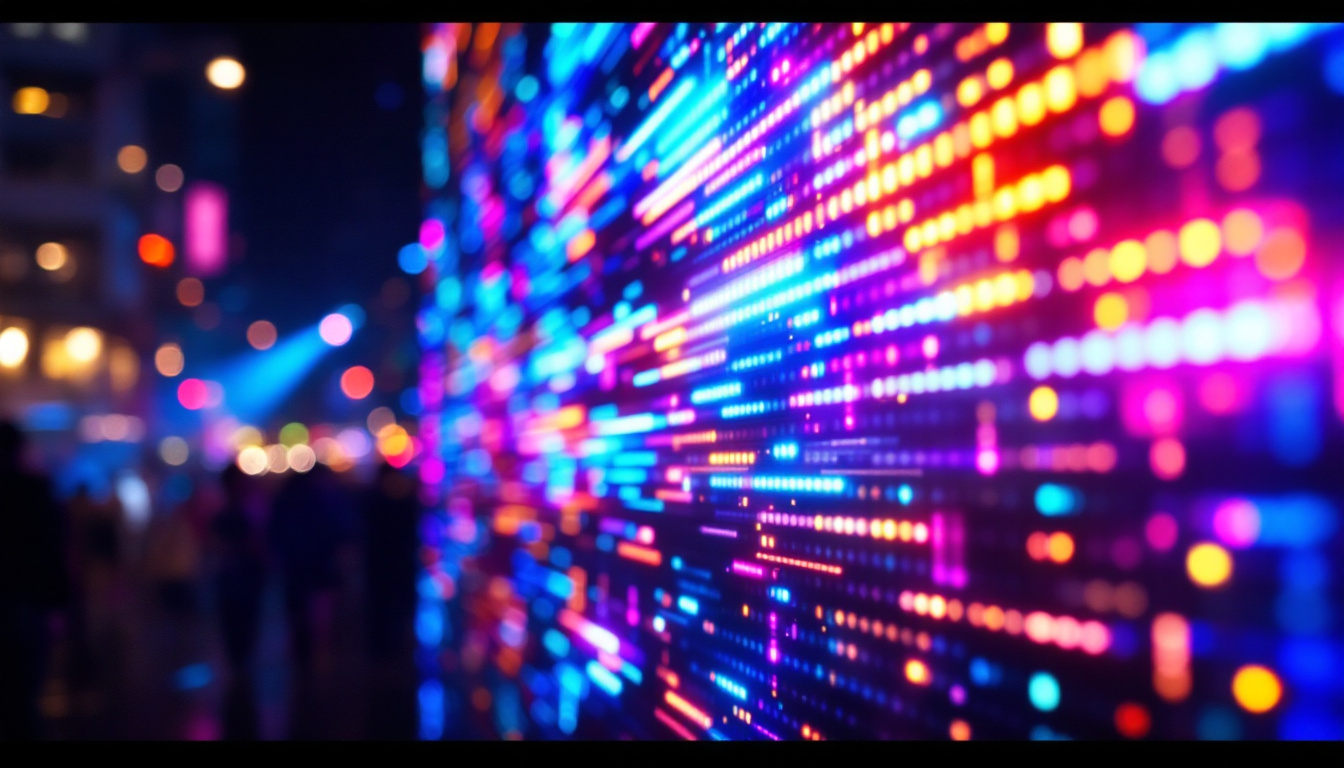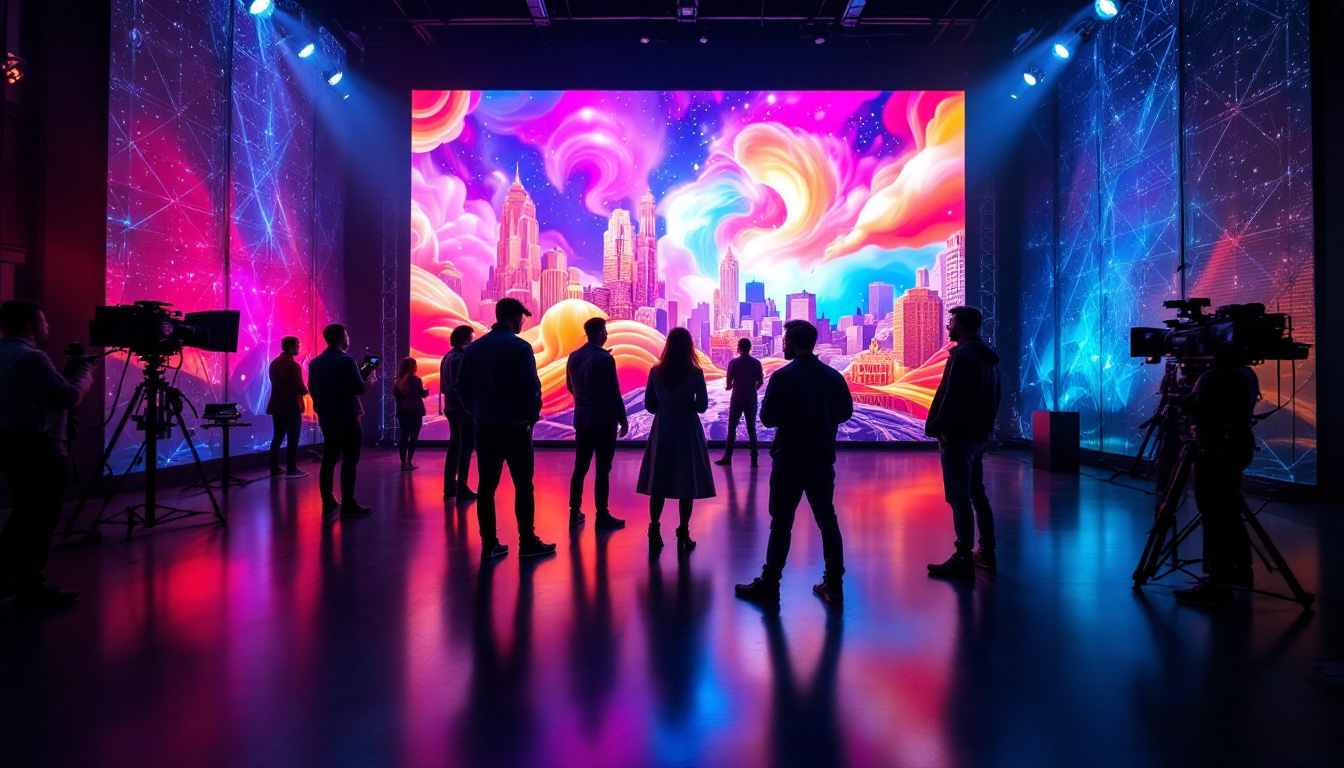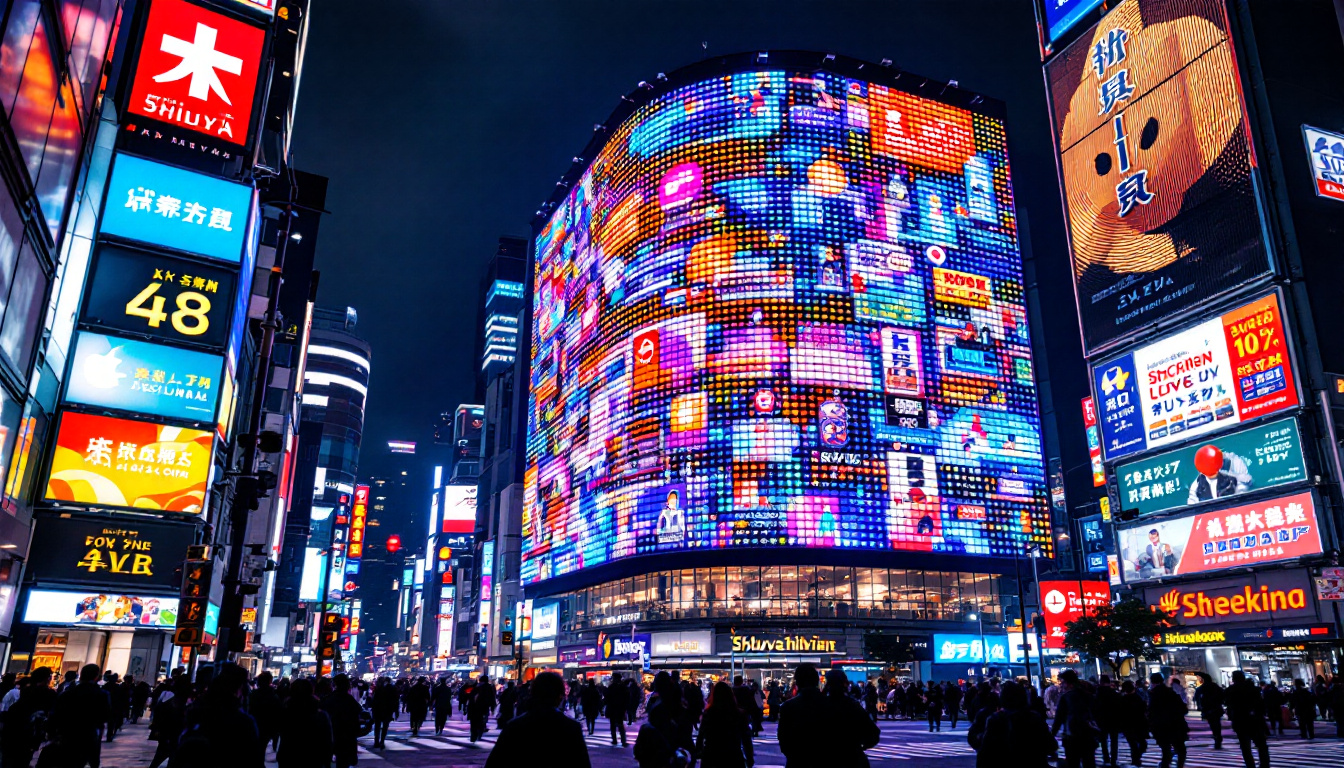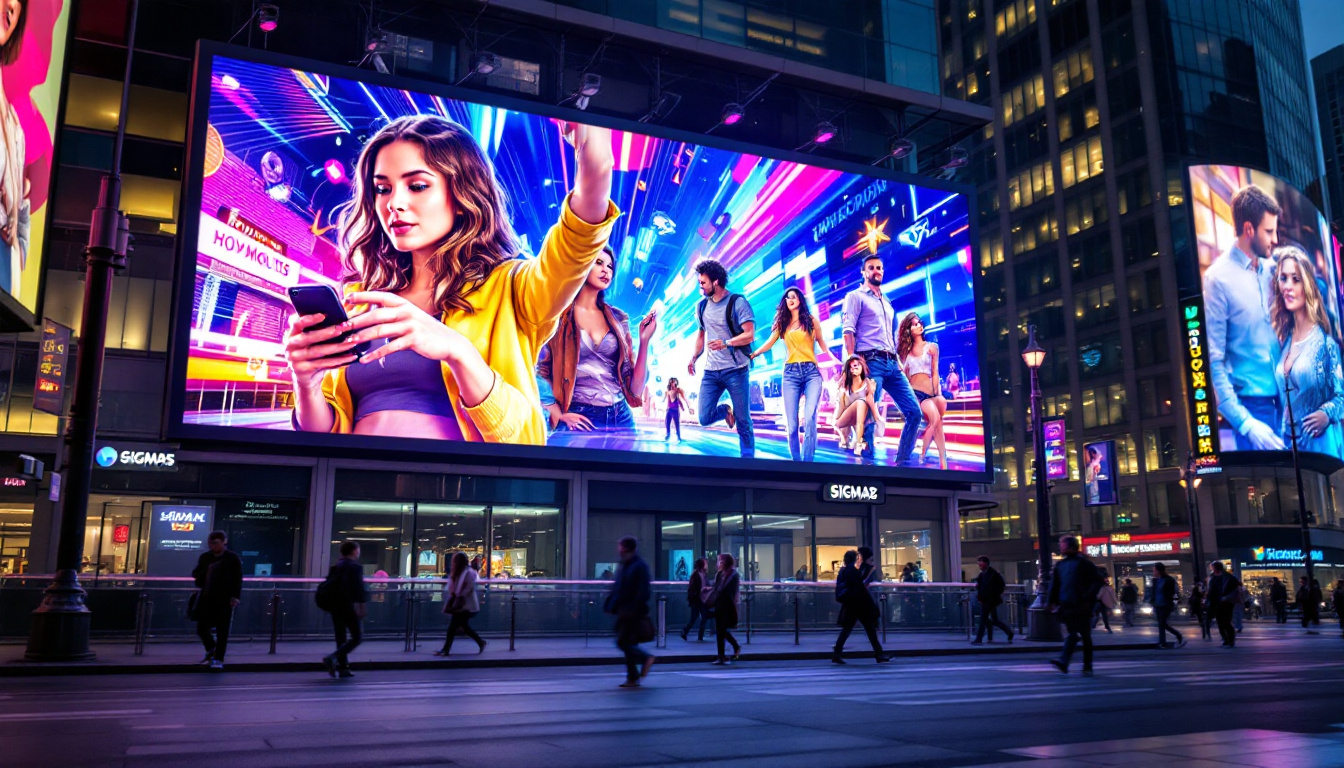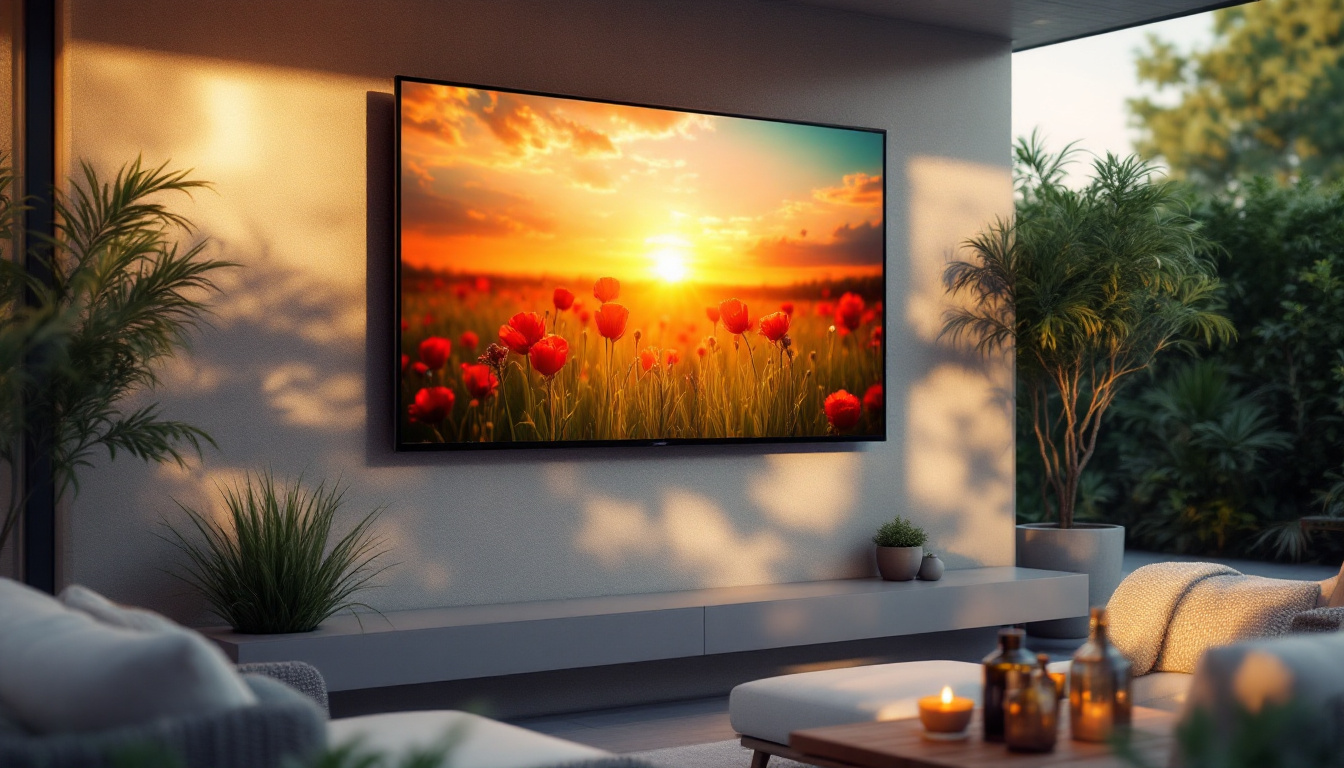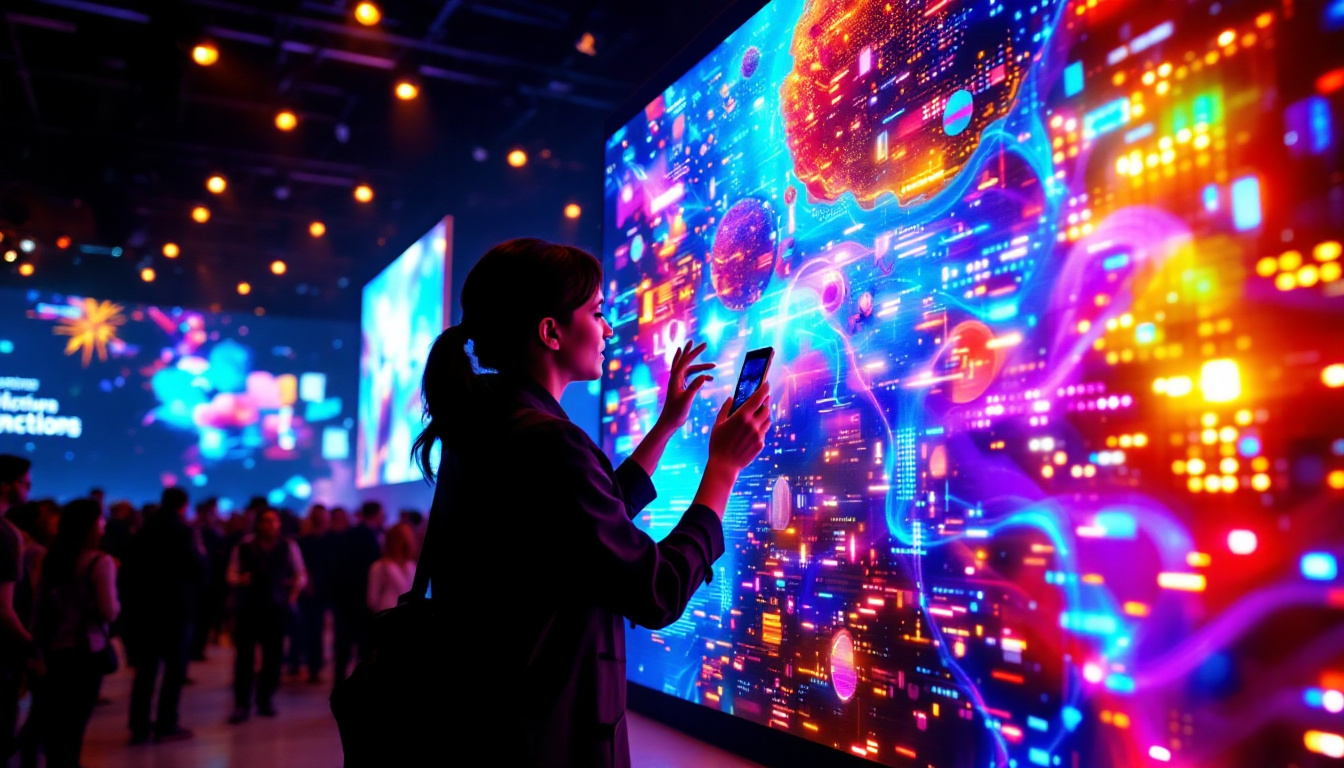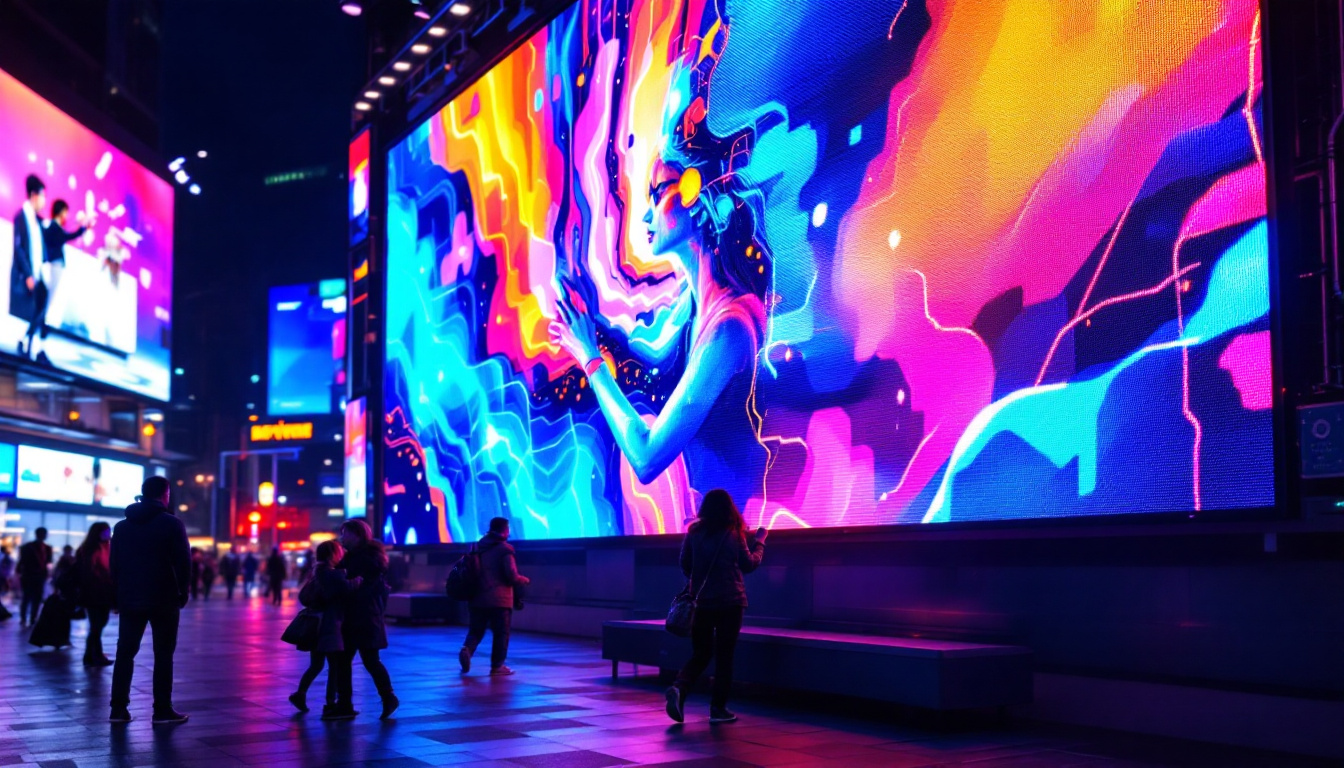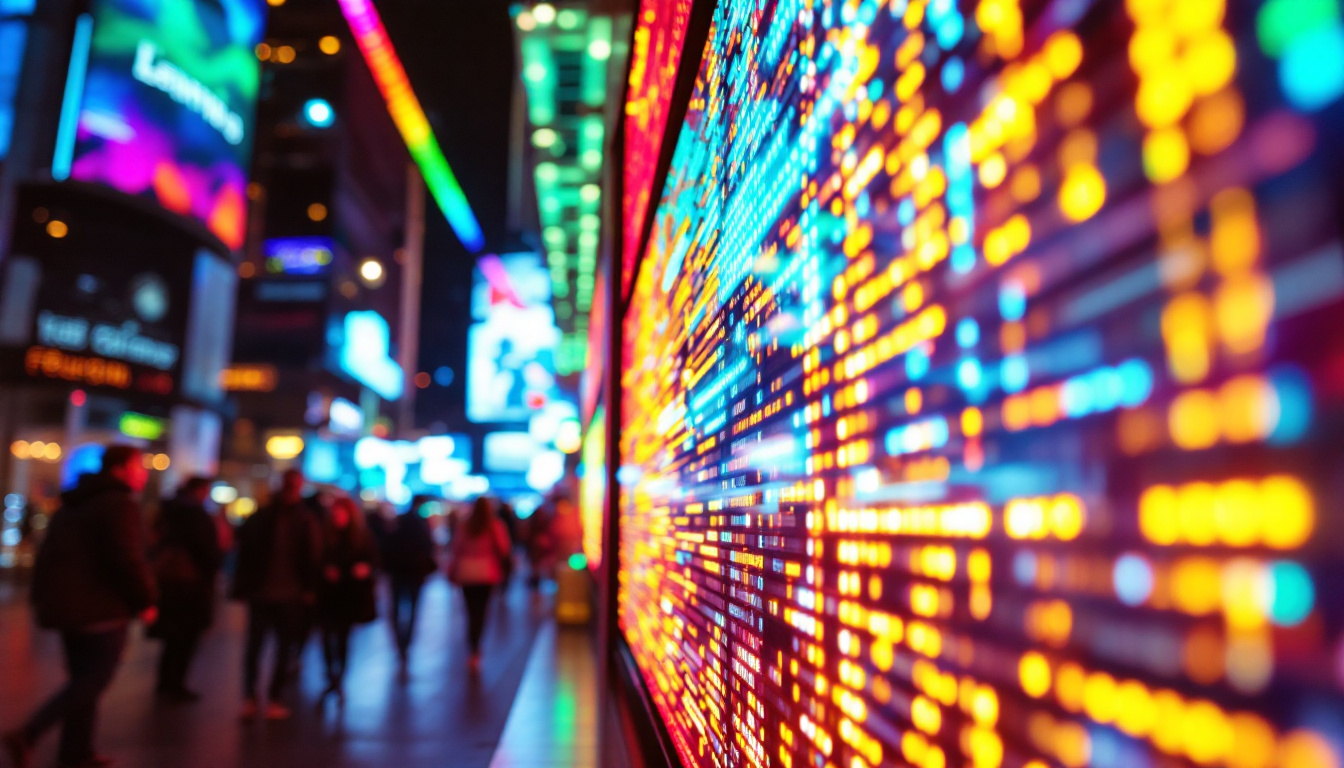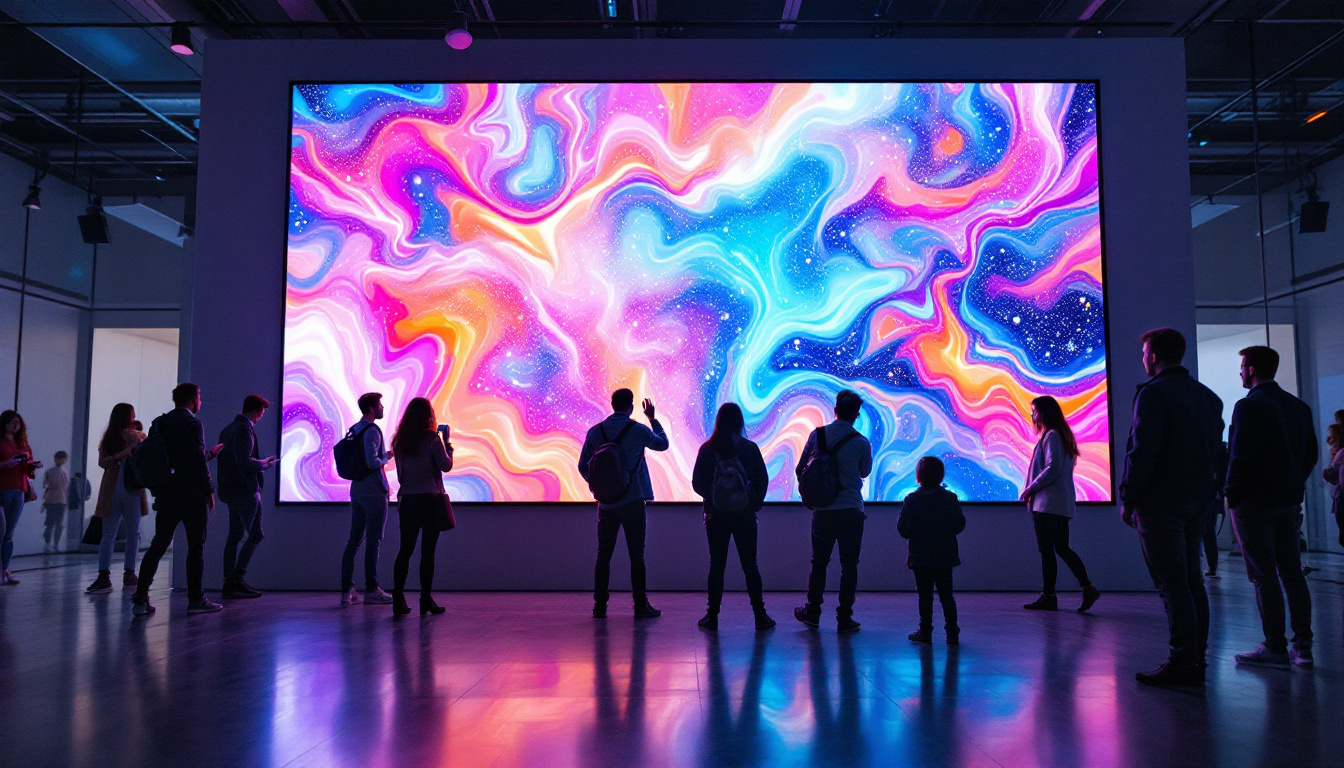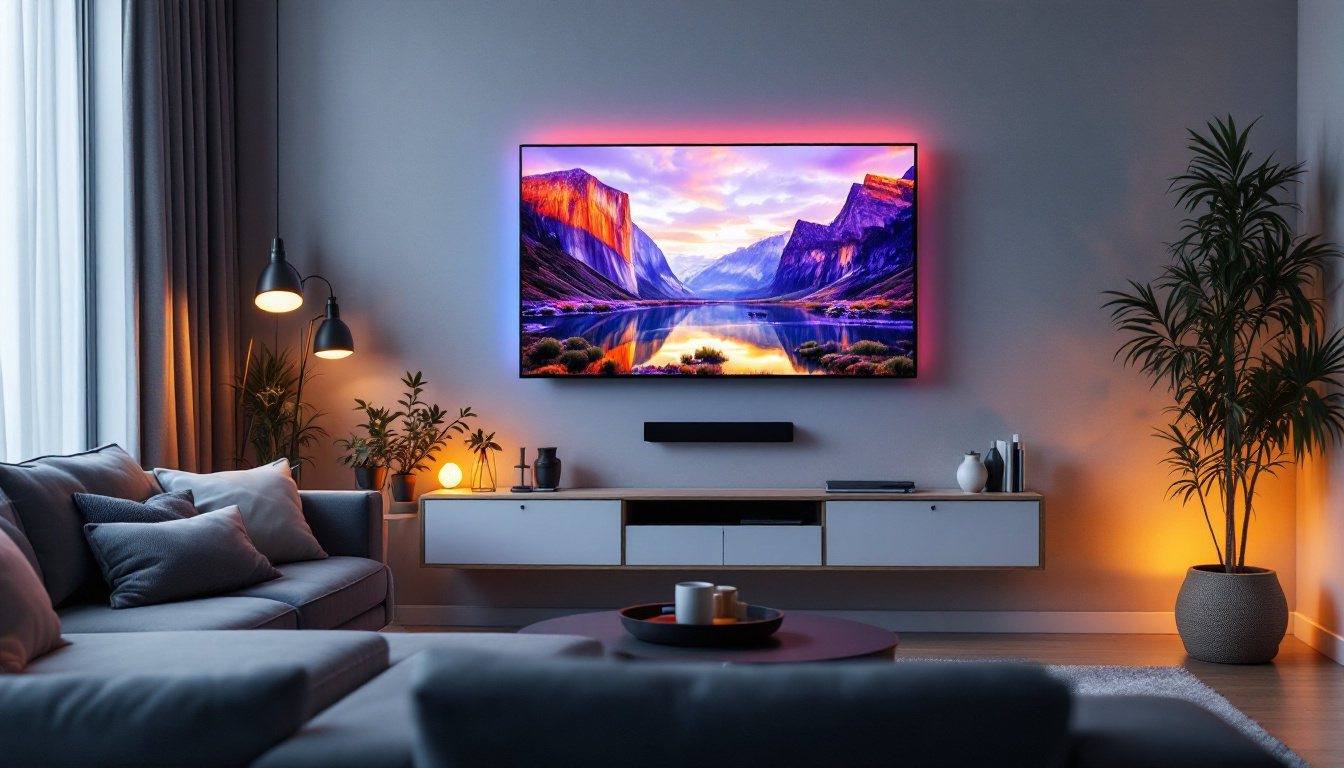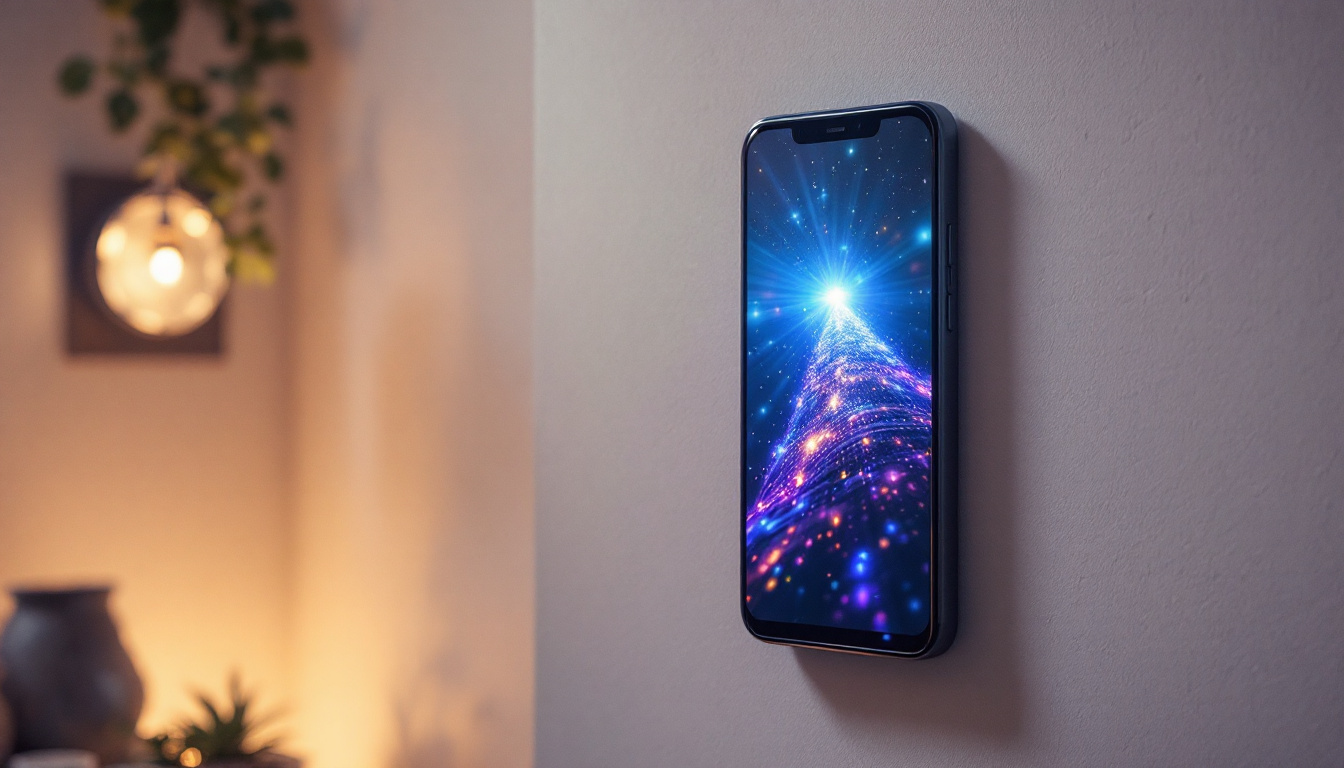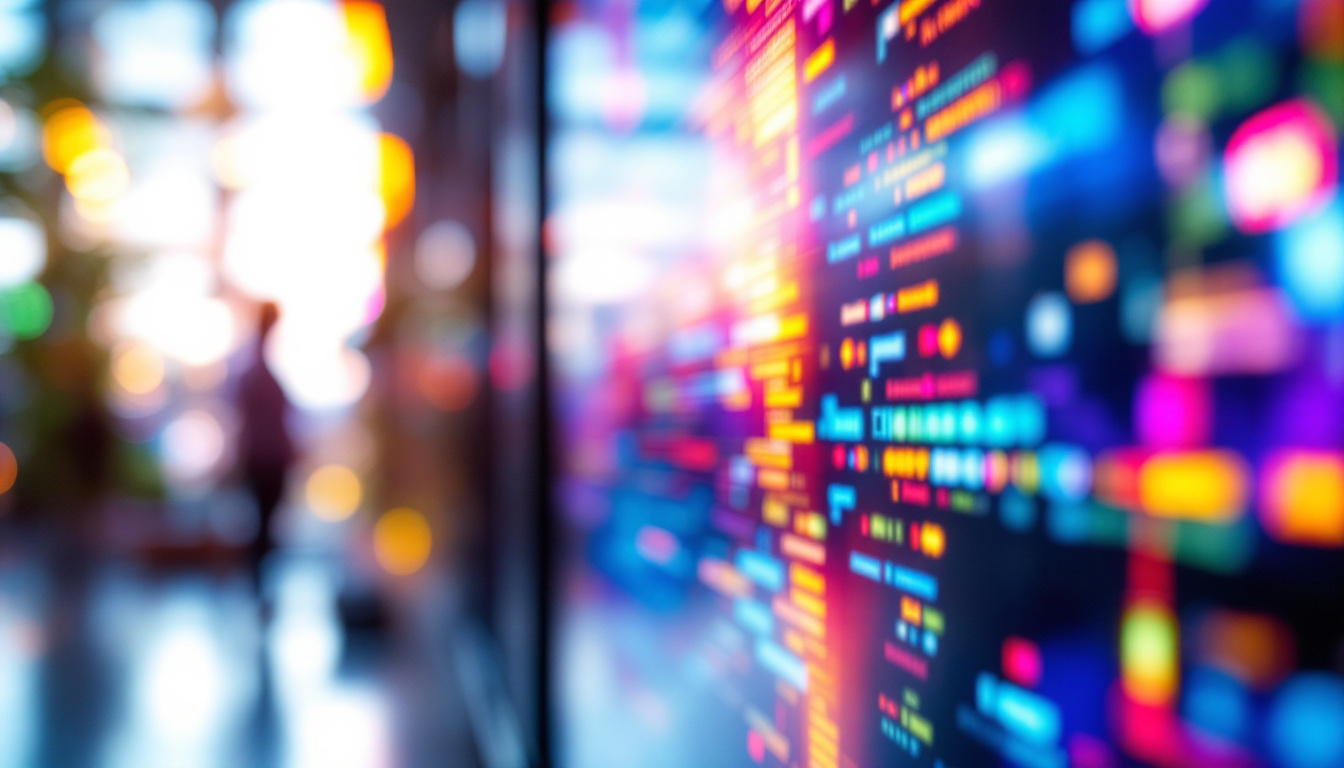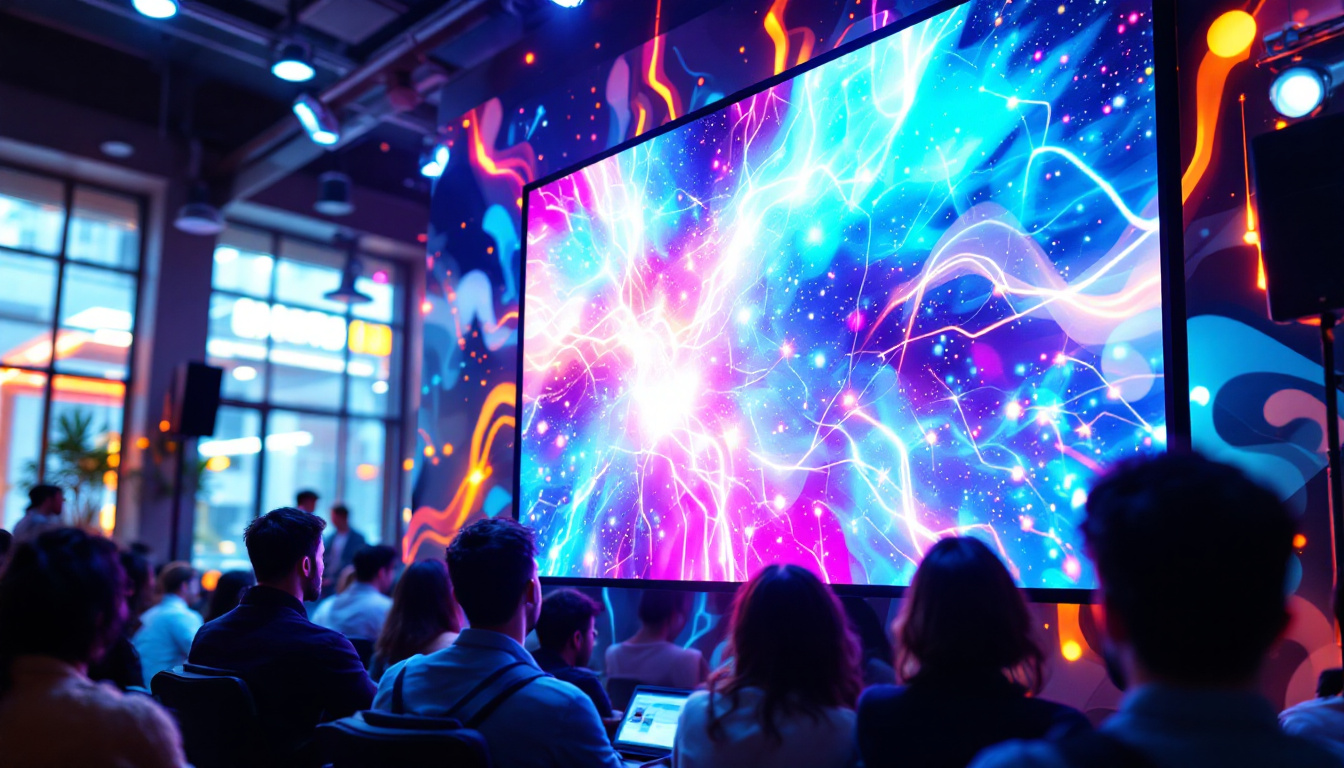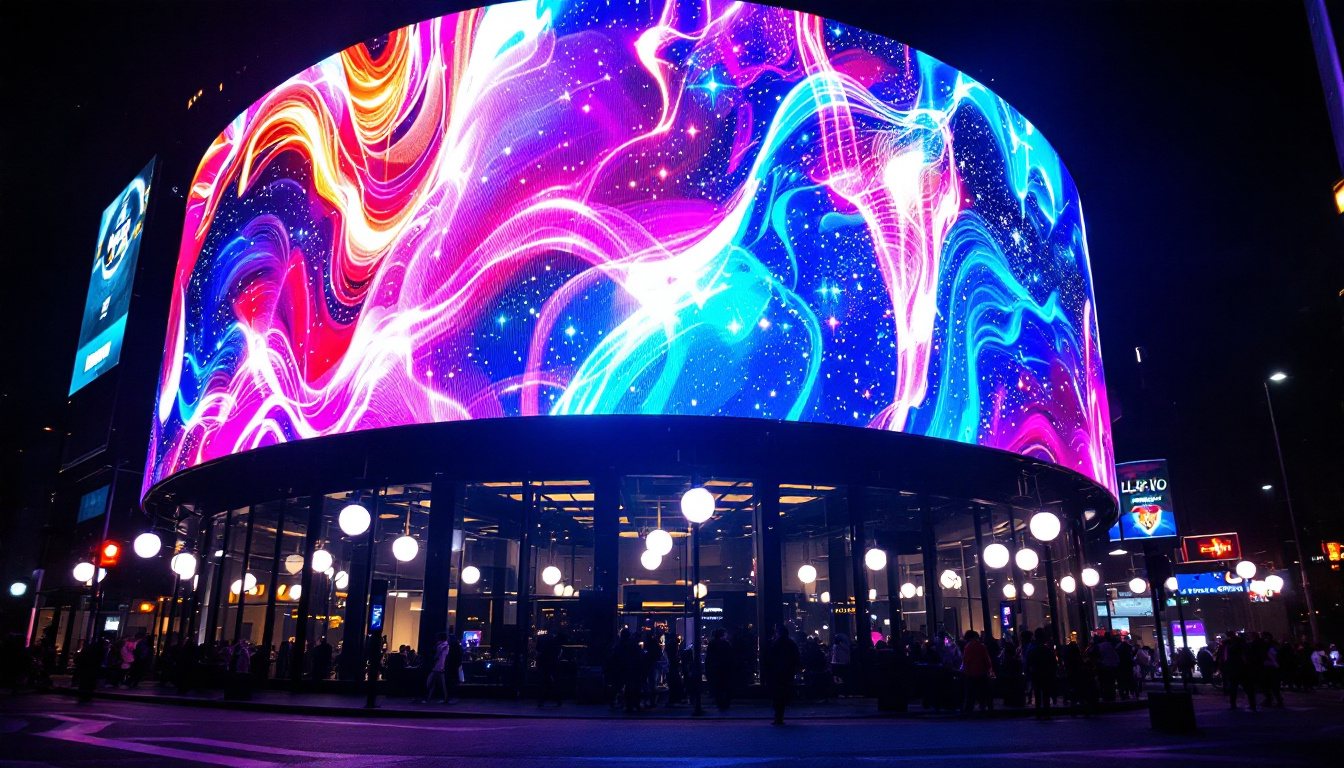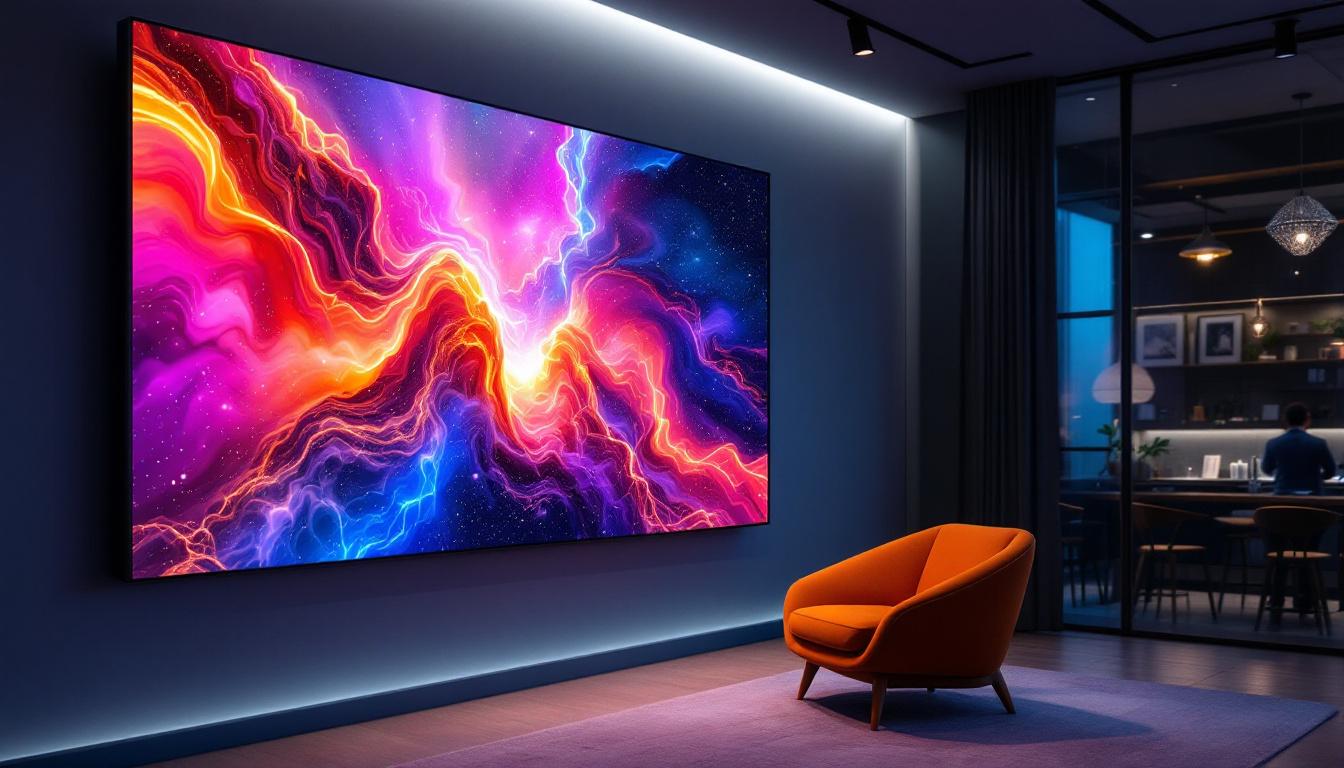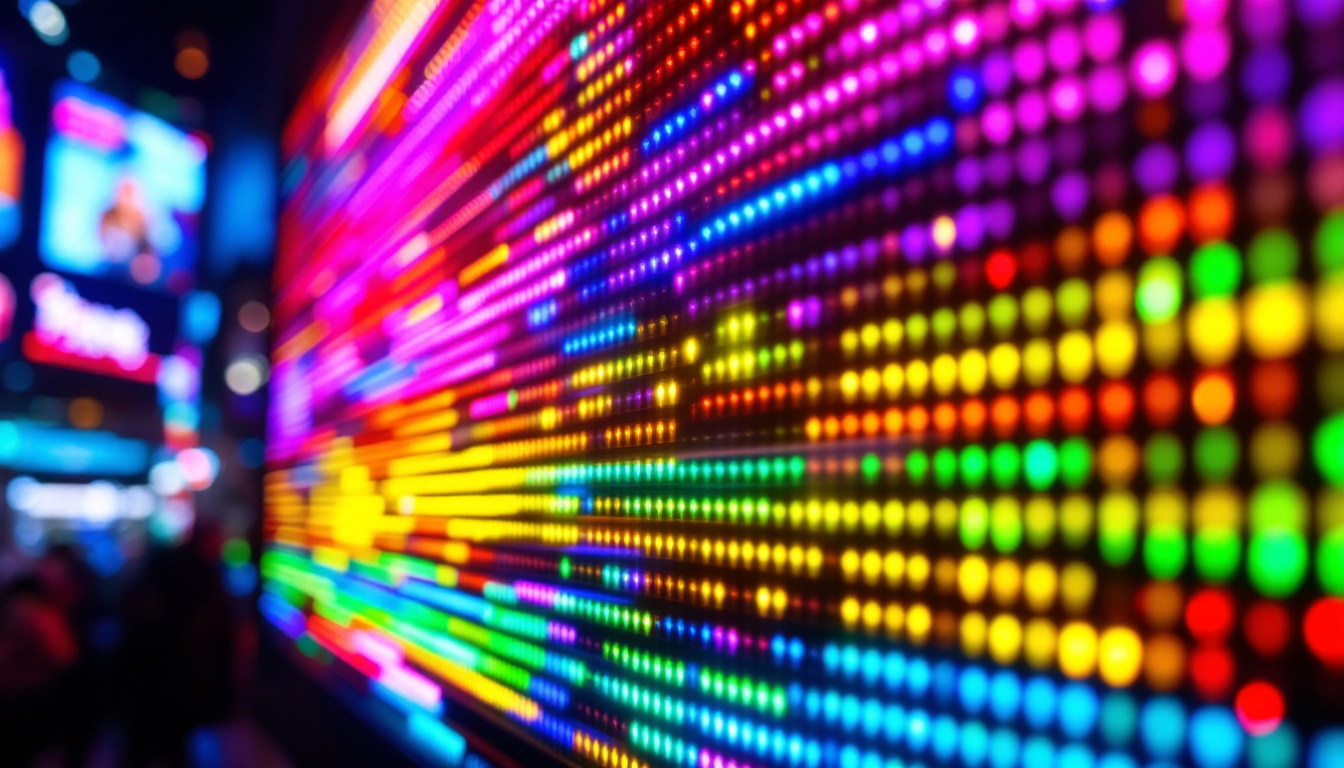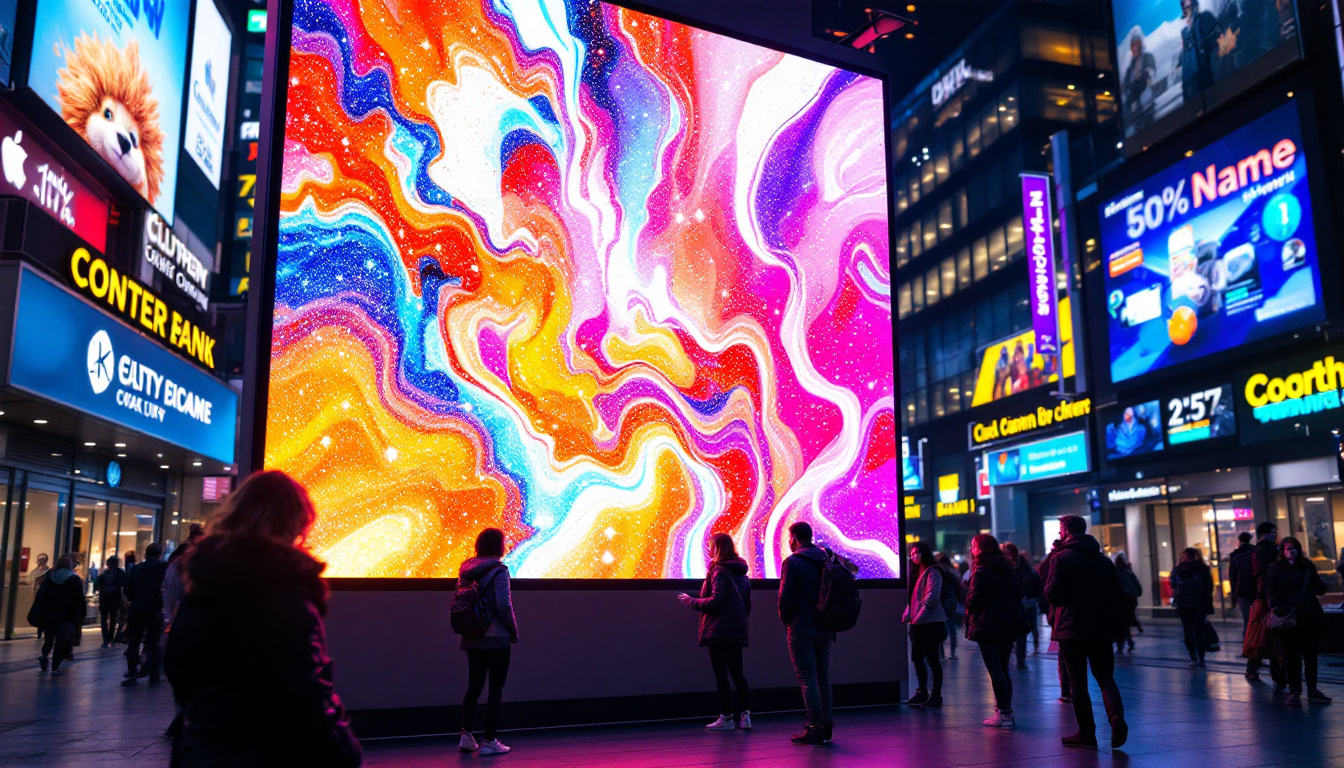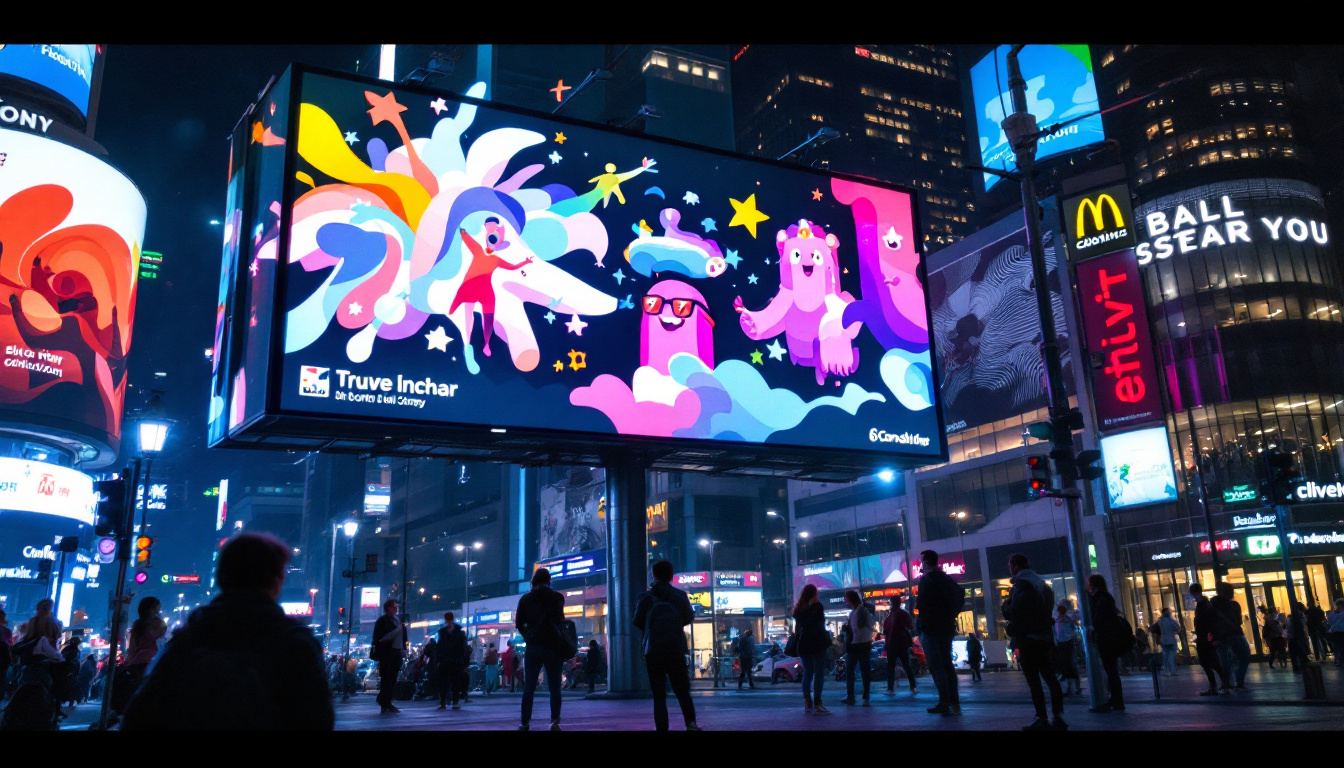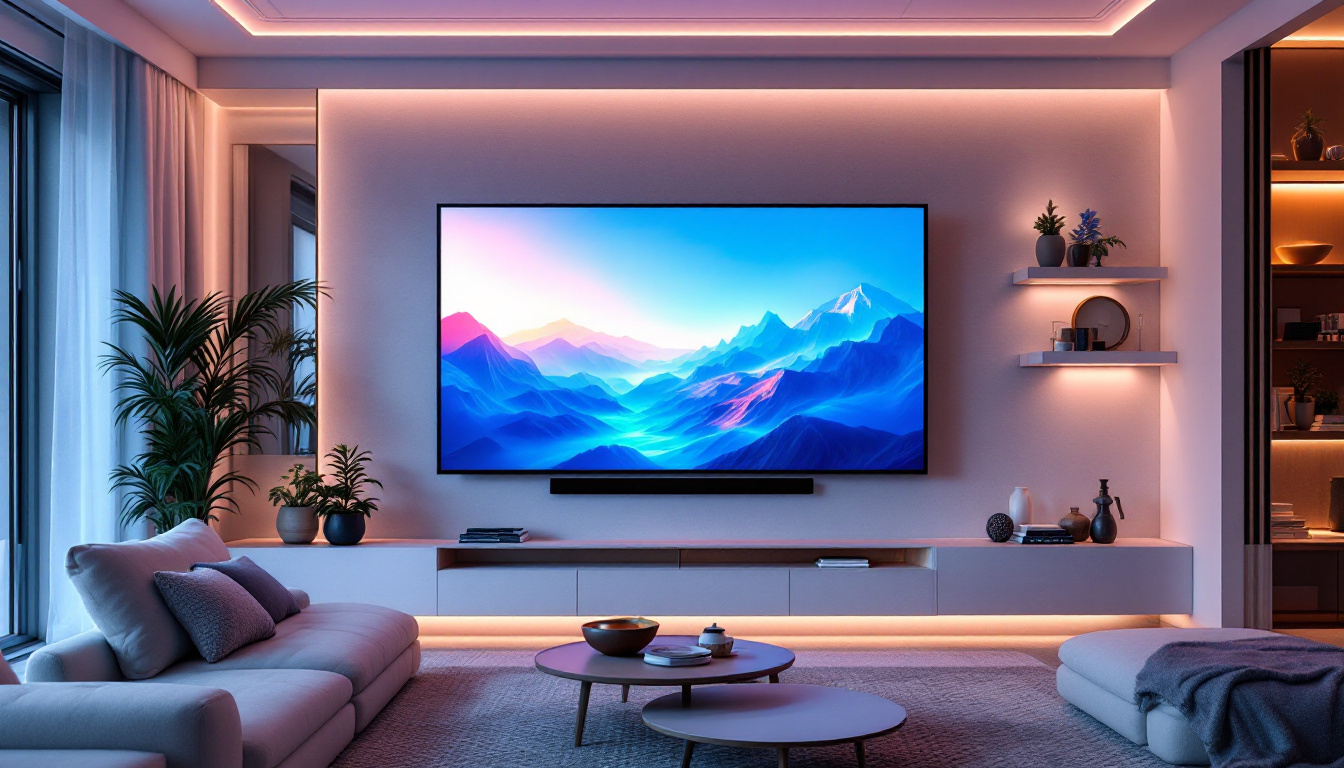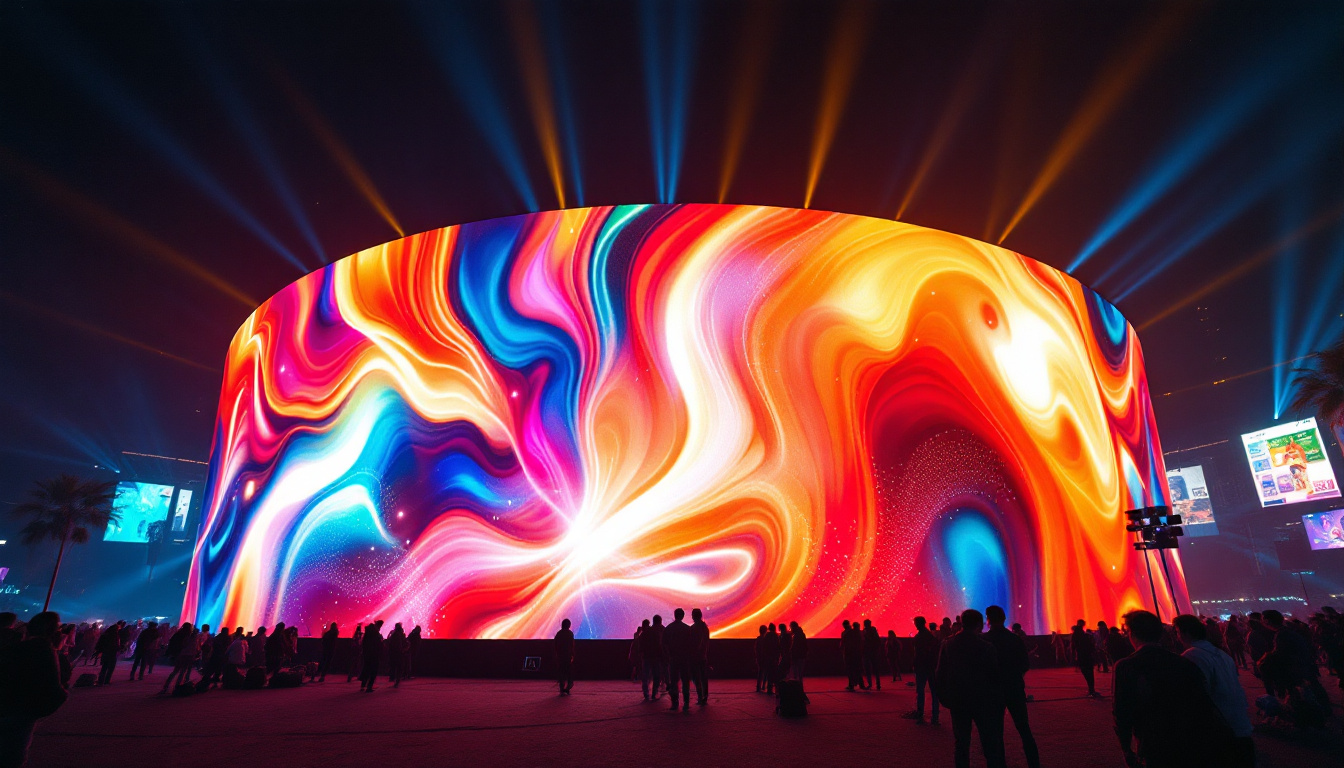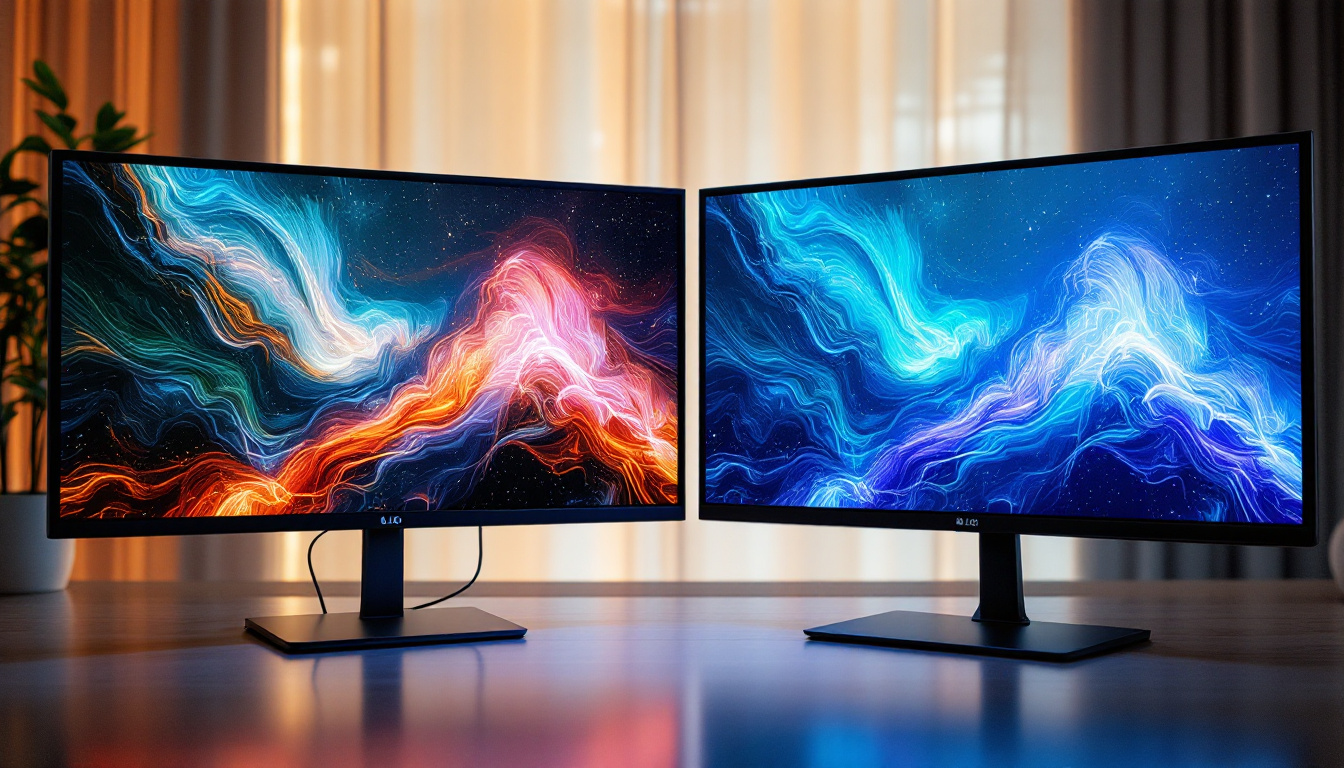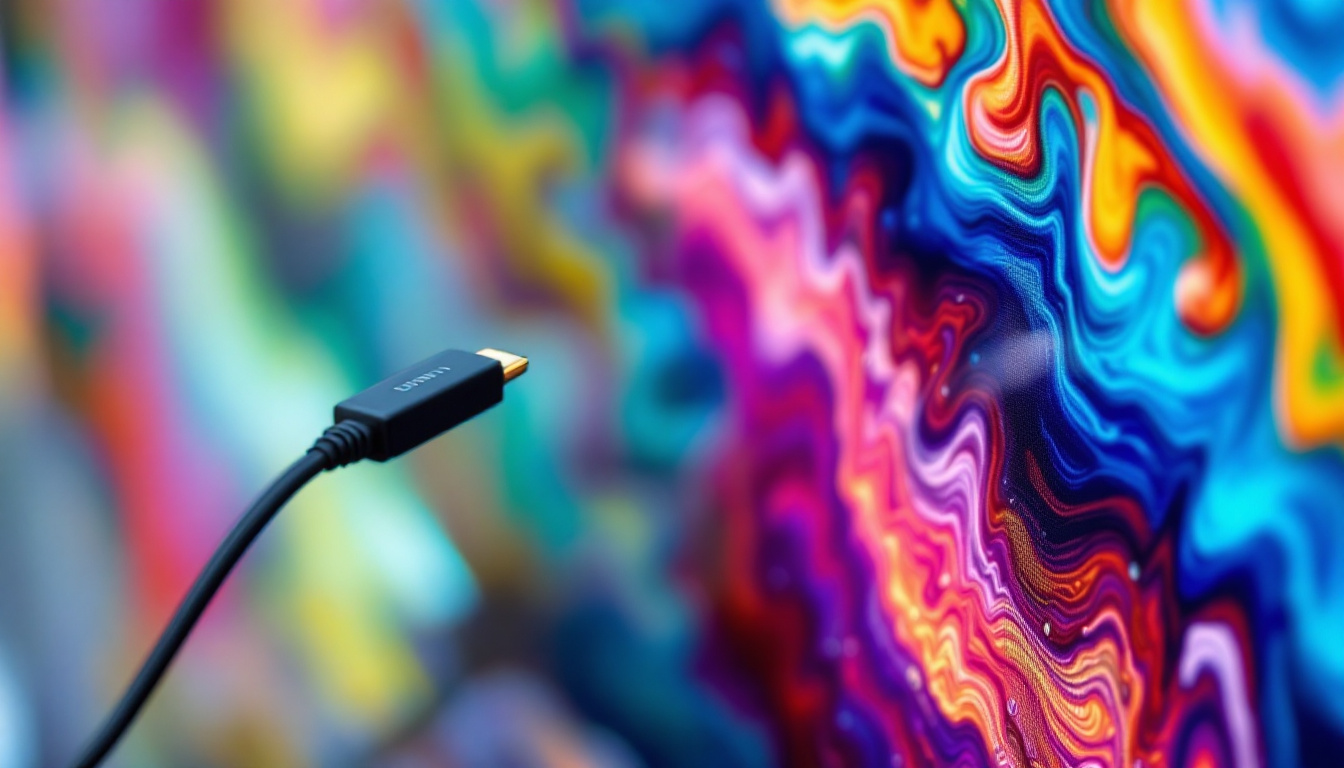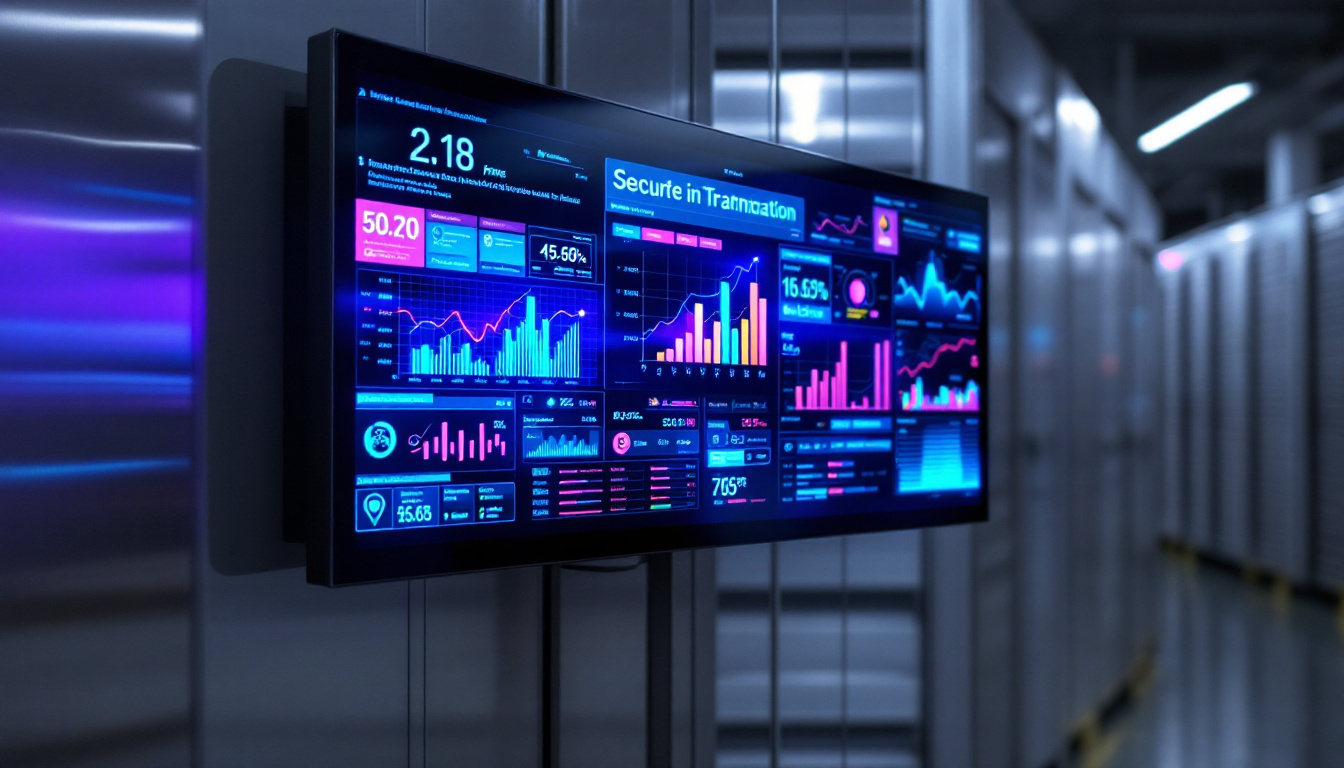In the rapidly evolving world of audiovisual technology, LED displays have emerged as a cornerstone of visual communication. From concerts and sporting events to corporate presentations and retail environments, LED displays offer unmatched versatility and performance. This article delves into the intricacies of LED displays, exploring their technology, applications, advantages, and considerations for businesses looking to invest in this innovative solution.
Understanding LED Display Technology
LED displays, or Light Emitting Diode displays, utilize a matrix of tiny LED lights to create images and videos. Unlike traditional LCD screens, which rely on backlighting, LED displays generate their own light, resulting in brighter images and deeper blacks. This fundamental difference in technology contributes to the growing popularity of LED displays across various sectors. Their energy efficiency and longer lifespan compared to conventional displays also make them an attractive option for both consumers and businesses alike.
The Basics of LED Technology
At the core of an LED display is a collection of individual LED pixels. Each pixel consists of red, green, and blue diodes that can be adjusted in intensity to produce a wide spectrum of colors. By varying the brightness of these three colors, an LED display can create millions of different shades, allowing for highly detailed and vibrant images. This capability not only enhances the viewing experience but also allows for dynamic content that can adapt to different environments, making LED displays a versatile choice for various applications.
LED displays can be categorized into two main types: direct view and backlit. Direct view LED displays are composed of individual LED modules that form a large screen, while backlit displays use LEDs to illuminate an LCD panel. Direct view LED displays are particularly popular for large-scale applications due to their ability to be scaled to virtually any size. Furthermore, advancements in technology have led to the development of finer pixel pitches, which allow for closer viewing distances without sacrificing image quality, making them suitable for everything from advertising to art installations.
Types of LED Displays
There are several types of LED displays, each designed for specific applications. The most common types include:
- Indoor LED Displays: Ideal for venues like theaters, conference rooms, and retail spaces, these displays are designed for close viewing distances and offer high resolution. They often feature advanced color calibration and brightness control to ensure optimal performance in varied lighting conditions.
- Outdoor LED Displays: Built to withstand the elements, outdoor displays are brighter and more durable, making them suitable for billboards, stadiums, and outdoor events. These displays often come with protective coatings and weather-resistant housings to ensure longevity, even in harsh conditions.
- Transparent LED Displays: These innovative displays allow for visibility through the screen, making them perfect for retail environments where product visibility is essential. They can be integrated into windows or other surfaces, providing a unique blend of advertising and product display without obstructing the view.
Additionally, there are specialized LED displays such as flexible LED screens that can be bent or shaped to fit unconventional spaces, and high-definition LED displays that offer superior resolution for applications requiring intricate detail. The versatility of LED technology continues to inspire new designs and applications, pushing the boundaries of how we engage with visual content in both public and private settings.
Applications of LED Displays
The versatility of LED displays makes them suitable for a wide range of applications across various industries. Their ability to deliver high-quality visuals in both indoor and outdoor settings has led to their adoption in numerous fields.
Entertainment and Events
In the entertainment industry, LED displays play a pivotal role in enhancing audience experiences. Concerts, festivals, and sporting events utilize large LED screens to broadcast live performances, provide information, and create dynamic visual effects. The ability to display high-resolution content in real-time allows event organizers to engage audiences in ways that traditional screens cannot.
Moreover, the flexibility of LED displays enables creative staging solutions, allowing for immersive environments that captivate attendees. From large-scale video walls to intricate stage designs, LED technology has transformed how events are produced and experienced.
Advertising and Marketing
Retailers and advertisers have embraced LED displays for their ability to capture attention and convey messages effectively. digital billboards and storefront displays can be updated in real-time, allowing businesses to promote sales, new products, and events instantly. The bright and vibrant visuals of LED displays are particularly effective in crowded urban environments, where competition for attention is fierce.
Additionally, LED displays can be used for targeted advertising, displaying personalized content based on audience demographics or location. This level of customization enhances the effectiveness of marketing campaigns and drives customer engagement.
Corporate and Educational Use
In corporate settings, LED displays are increasingly used for presentations, meetings, and training sessions. Their high brightness and contrast ratios ensure that content is easily viewable, even in well-lit rooms. Furthermore, the ability to connect multiple displays allows for seamless presentations across larger spaces.
educational institutions have also adopted LED technology to enhance learning environments. Classrooms equipped with LED displays facilitate interactive learning experiences, allowing educators to present multimedia content that engages students. The use of LED displays in auditoriums and lecture halls provides clear visibility for all attendees, ensuring that important information is communicated effectively.
Advantages of LED Displays
The growing popularity of LED displays can be attributed to their numerous advantages over traditional display technologies. Understanding these benefits can help businesses make informed decisions when considering an investment in LED technology.
Superior Image Quality
One of the most significant advantages of LED displays is their superior image quality. The ability to produce bright, vivid colors and deep blacks enhances the viewing experience, making content more engaging. Additionally, LED displays offer wide viewing angles, ensuring that audiences can enjoy the same high-quality visuals regardless of their position relative to the screen.
Energy Efficiency
LED technology is renowned for its energy efficiency. LED displays consume significantly less power compared to traditional display technologies, resulting in lower operating costs. This energy efficiency not only benefits businesses financially but also contributes to sustainability efforts by reducing the carbon footprint associated with energy consumption.
Longevity and Durability
LED displays are built to last, with a lifespan that can exceed 100,000 hours. This longevity translates to reduced maintenance costs and fewer replacements over time. Additionally, outdoor LED displays are designed to withstand harsh weather conditions, making them a reliable choice for outdoor advertising and events.
Considerations When Choosing LED Displays
While LED displays offer numerous advantages, there are several factors to consider before making a purchase. Understanding these considerations can help businesses select the right display for their specific needs.
Resolution and Pixel Pitch
Resolution and pixel pitch are critical factors that influence the visual quality of an LED display. Pixel pitch refers to the distance between individual pixels, with smaller pitches resulting in higher resolution and sharper images. For indoor applications where viewers are closer to the screen, a smaller pixel pitch is recommended. Conversely, outdoor displays can utilize larger pixel pitches due to the greater viewing distances.
Installation and Maintenance
Proper installation is essential for maximizing the performance of LED displays. Businesses should consider the expertise of the installation team and the complexity of the setup. Additionally, ongoing maintenance is crucial to ensure optimal performance. Regular cleaning, calibration, and software updates can help maintain the quality of the display over time.
Budget Considerations
Investing in LED technology can be a significant financial commitment. Businesses should carefully assess their budget and consider the total cost of ownership, which includes initial purchase costs, installation expenses, and ongoing maintenance. While LED displays may have a higher upfront cost compared to traditional displays, their longevity and energy efficiency can result in long-term savings.
The Future of LED Displays
The future of LED displays is bright, with ongoing advancements in technology and applications. As the demand for high-quality visual communication continues to grow, manufacturers are innovating to enhance the capabilities of LED displays.
Integration with Smart Technology
One of the most exciting developments in the LED display industry is the integration of smart technology. With the rise of the Internet of Things (IoT), LED displays can now be connected to networks, allowing for remote management and control. This connectivity enables businesses to update content in real-time, monitor performance, and troubleshoot issues from anywhere.
Advancements in Display Technology
Research and development in display technology are paving the way for even more advanced LED displays. Innovations such as MicroLED and MiniLED technology promise to deliver even higher resolutions, improved color accuracy, and enhanced energy efficiency. These advancements will further expand the possibilities for LED displays in various applications.
Increased Customization
As the demand for personalized content grows, LED displays are becoming increasingly customizable. Businesses can now tailor their displays to meet specific branding and marketing needs, allowing for unique visual experiences that resonate with their target audiences. This level of customization will continue to evolve, providing businesses with new opportunities to engage customers.
Conclusion
LED displays represent a transformative technology that has revolutionized visual communication across various industries. With their superior image quality, energy efficiency, and versatility, they have become an essential tool for businesses looking to enhance their marketing, communication, and entertainment efforts. As technology continues to advance, the potential applications and benefits of LED displays will only grow, making them a worthwhile investment for organizations of all sizes.
In an increasingly visual world, understanding and leveraging the power of LED displays can provide businesses with a competitive edge. By staying informed about the latest trends and innovations, companies can ensure they are making the most of this dynamic technology.
Discover LumenMatrix’s Innovative LED Solutions
Ready to elevate your visual communication with cutting-edge LED technology? LumenMatrix is at the forefront of LED display innovation, offering a wide array of solutions tailored to your needs. From Indoor and Outdoor LED Walls to specialized displays for vehicles, sports, and custom installations, our products are designed to captivate and engage your audience. Embrace the future of digital signage with LumenMatrix and transform your space into a dynamic visual experience. Check out LumenMatrix LED Display Solutions today and see the difference for yourself.

